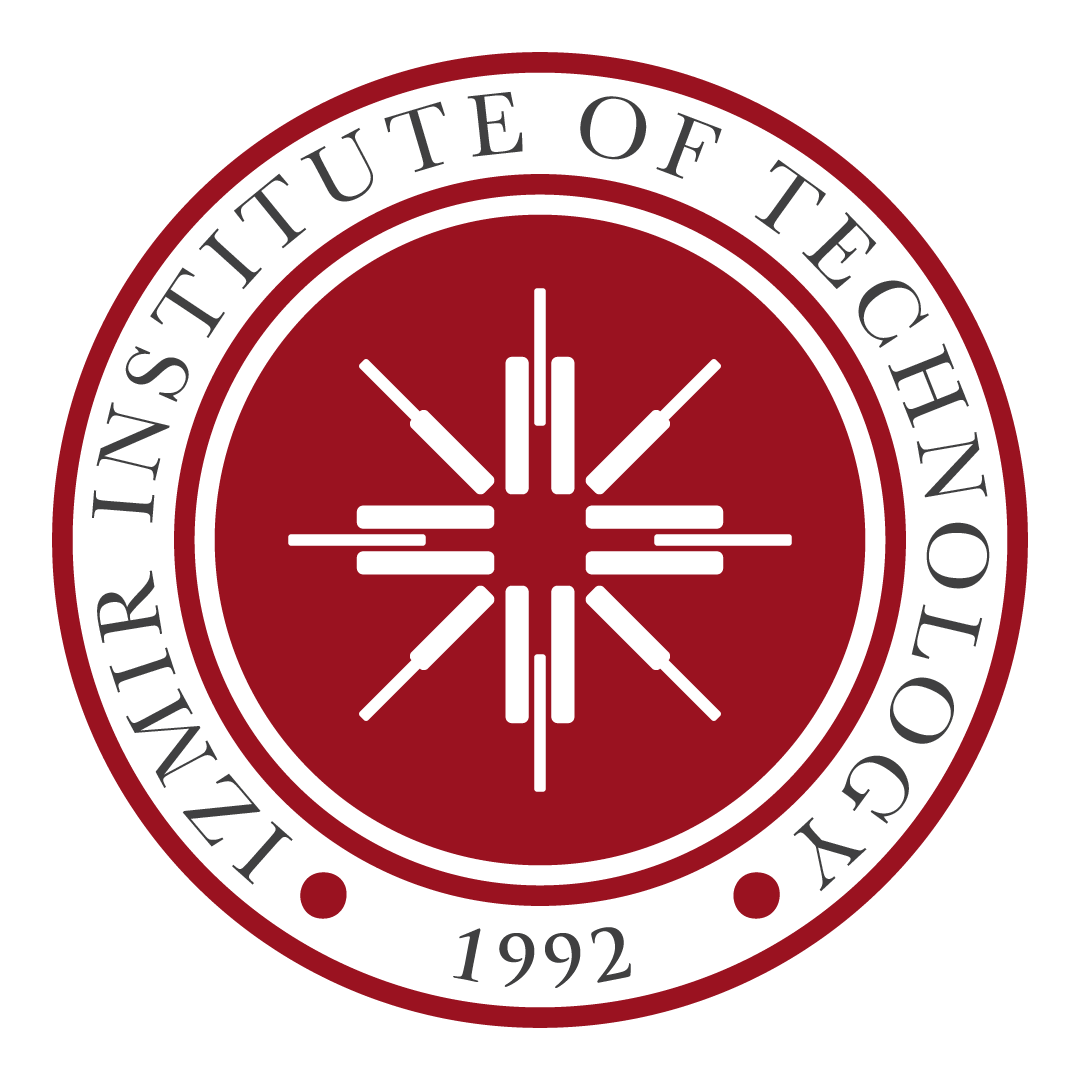CENG 555
Analysis and Design of Microservice Based Systems
Service Orientation Web Services Microservice Based Architectures Event Oriented Analysis Designing Microservice Based Systems Reactive Systems.
| Week | Topics |
|---|---|
| 1 | Service Orientation |
| 2 | Service Oriented Architecture |
| 3 | Service Design Principles and SOA Benefits |
| 4 | Evolution of the Web Service |
| 5 | Programmable Web |
| 6 | Resource Oriented Architecture |
| 7 | Evolution of Services to Microservices |
| 8 | Domain Driven Design |
| 10 | Event Oriented Modeling |
| 11 | Advanced Event Oriented Modeling Concepts |
| 12 | An Event Oriented Analysis Method |
| 13 | Reaktif Sistemler |
| 14 | Design Patterns for Microservice Based Systems |
| 15 | Advanced concepts |
Instructor(s)
Other MS Courses
- CENG 500
- CENG 501
- CENG 502
- CENG 503
- CENG 504
- CENG 505
- CENG 506
- CENG 507
- CENG 508
- CENG 509
- CENG 511
- CENG 512
- CENG 513
- CENG 514
- CENG 515
- CENG 516
- CENG 517
- CENG 518
- CENG 521
- CENG 522
- CENG 523
- CENG 524
- CENG 525
- CENG 531
- CENG 532
- CENG 533
- CENG 534
- CENG 541
- CENG 542
- CENG 543
- CENG 544
- CENG 551
- CENG 552
- CENG 556
- CENG 557
- CENG 561
- CENG 562
- CENG 563
- CENG 564
- CENG 565
- CENG 566
- CENG 590
- CENG 608
- CENG 611
- CENG 612
- CENG 613
- CENG 631
- CENG 632
- CENG 641
- CENG 642
- CENG 643
- CENG 651
- CENG 661
- CENG 662
- CENG 663


